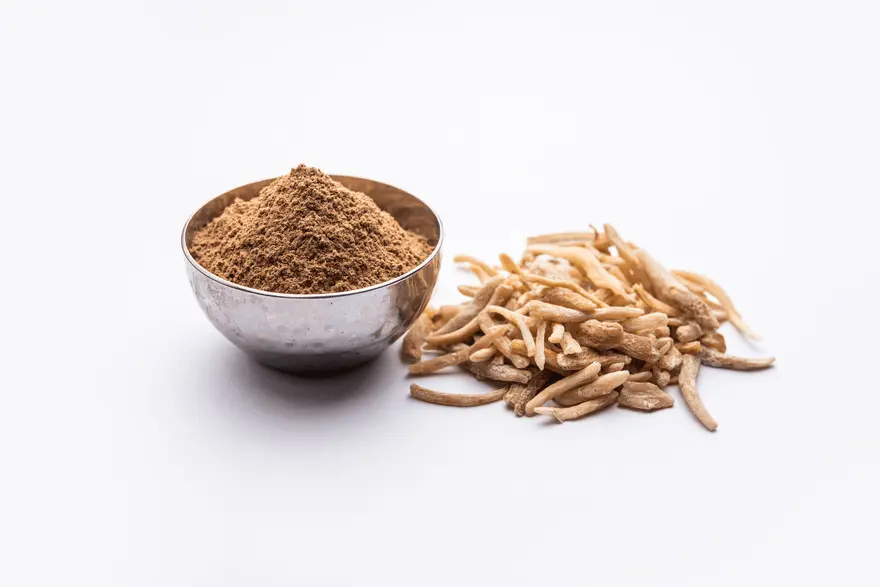Preventive Healthcare
Demystifying Lipoma: Causes, Symptoms, and Treatment Approaches
4047 Views
0

What is Lipoma?
A lipoma is a benign, slow-growing tumor composed of fat cells. These soft, rubbery lumps typically develop beneath the skin and are movable. While generally harmless, lipomas are usually painless and don't require treatment unless they cause discomfort or cosmetic concerns. They commonly occur on the neck, shoulders, back, or thighs. Although lipoma is non-cancerous, consultation with a healthcare professional is advisable for accurate diagnosis and management.
How Common are Lipomas?
Lipomas are relatively common, affecting about 1 in 1,000 people. They are more frequently found in adults between 40 and 60 years old but can occur at any age, While usually harmless, their prevalence highlights their non-threatening nature in most cases.
What are Symptoms of Lipoma?
Lipomas are generally asymptomatic, and some may cause discomfort if they are pressed on the nerves or other structures. Some of the lipoma symptoms are as follows:
- They are soft, painless lumps beneath the skin, typically slow-growing
- Easily movable when touched
- Commonly found on the neck, shoulders, back, or thighs
- Rapid growth or increase in size in rare cases
- Smaller than two inches
- Do not spread to the surrounding tissues
Where Do Lipomas Grow?
Lipoma commonly grows beneath the skin, appearing as soft, movable lumps. Predominantly found on the neck, shoulders, back, or thighs, these benign tumors are generally painless. While they develop anywhere on the body, their frequent occurrence in these areas distinguishes typical locations for lipoma growth.
What Causes Lipoma?
The exact lipoma cause is not fully understood, but they are believed to be a result of an overgrowth of fat cells. Genetic factors may play a role, as lipoma tends to run in families. Additionally, injuries or traumas to the affected area might contribute to their development. Some rare hereditary conditions, like adiposis dolorosa, increase susceptibility to multiple lipomas.
Hormonal factors and metabolic abnormalities have also been suggested as potential contributors. Despite these associations, most lipomas arise spontaneously without a clear cause. Lifestyle factors such as diet or exercise are not established triggers. Comprehensive research is ongoing to know the precise mechanisms behind lipoma formation and its varied influencing factors.
How are Lipomas Diagnosed?
Lipoma is typically diagnosed through a combination of physical examination, medical history, and, if necessary, additional tests. During a physical examination, healthcare professionals assess the lump's characteristics, such as size, texture, and mobility. Gathering information about the patient's medical history, including any family history of lipomas, helps identify potential genetic factors.
In some cases, imaging tests like ultrasound or MRI may be employed to visualise the lipoma's extent and location, aiding in differentiation from other growths or tissues. While a biopsy is rarely needed due to the distinctive appearance of lipomas, it might be performed if there is uncertainty. In many cases, clinical observation over time, especially if the lipoma remains stable, confirms the diagnosis without invasive procedures.
What are the Types of Lipomas?
Lipoma is generally made up of fatty tissues and lipoma types are distinguished by the type of tissue. Let's have a look at the different types of lipoma:
- Superficial Subcutaneous Lipoma: It is the most common type, found just beneath the skin. It is soft and easily movable.
- Angiolipoma: They are often painful and contain fat and blood vessels.
- Conventional: The most common type, a conventional lipoma contains white fat cells. White fat cells store energy.
- Fibrolipoma: They are made up of fat and fibrous tissue.
- Hibernoma: This kind of lipoma contains brown fat and brown fat cells generate heat and help in the regulation of body temperature.
- Myelolipoma: These lipomas contain fat and tissues that produce blood cells.
- Spindle cell: Occurs in the neck, shoulders, or back, characterised by elongated cells and collagen deposits.
- Pleomorphic: They have fat cells of various sizes and shapes.
What is the Treatment for Lipomas?
Lipomas often do not require treatment unless causing discomfort or cosmetic concerns. Observation is common, as many lipomas remain stable over time. Surgical lipoma removal is an option for removing symptomatic or bothersome lipomas, typically performed as a minor outpatient procedure. Liposuction may be considered as another lipoma treatment for smaller, accessible lipomas. In some cases, steroid injections or medications can be used as prescribed by the healthcare professional.
Can Lipomas be Prevented?
Preventing lipoma is difficult due to unclear lipoma causes, often influenced by genetics. Adopting a healthy lifestyle and regular check-ups can contribute to overall well-being but may not specifically prevent the development of these benign fatty tumors.
When is Removal Necessary?
Lipoma removal or surgery is considered necessary when it causes pain and discomfort, affects daily activities, or is cosmetically bothersome. The lipoma symptoms in an individual and the type or characteristics of the lipoma are considered before going for removal.
Can Lipomas Grow Back After Removal?
While lipomas are generally removed through lipoma surgery, there is a possibility of recurrence. The likelihood of regrowth is relatively low, but it can occur. Factors such as incomplete lipoma removal or a genetic predisposition may contribute to recurrence. Surgeons aim for complete excision to minimise the chance of regrowth. If a lipoma reappears, consultation with a healthcare professional is advisable for further evaluation and consideration of appropriate lipoma treatment. While recurrence is uncommon, ongoing monitoring of the affected area and regular follow-ups with medical professionals can aid in timely detection and management, if needed.
What are the Risk Factors?
Conditions listed below may increase your risk of lipoma development:
- Adiposis dolorosa, or Dercum’s disease, rare disorder characterized by multiple, painful lipomas
- Cowden syndrome
- Gardner’s syndrome (infrequently)
- Madelung’s disease
- Bannayan-Riley-Ruvalcaba syndrome
In addition to these risk factors, the following conditions may also result in the development of lipomas:
- Glucose intolerance
- Alcohol use disorder
- Obesity
- Liver disease
Conclusion
Lipomas are fatty tumors that are harmless and exhibit uncertain origins but are associated with risk factors such as genetics, age, and family history. While typically non-threatening, their recurrence post-removal is possible. Ongoing monitoring, timely medical consultation, and a thorough understanding of lipoma symptoms and risk factors are crucial for effective management and intervention when necessary.
If you want to get yourself tested for Lipoma or other medical issues, schedule your visit with Metropolis Healthcare. We have a chain of labs all across India and ensure that you get accurate blood test results.























 WhatsApp
WhatsApp